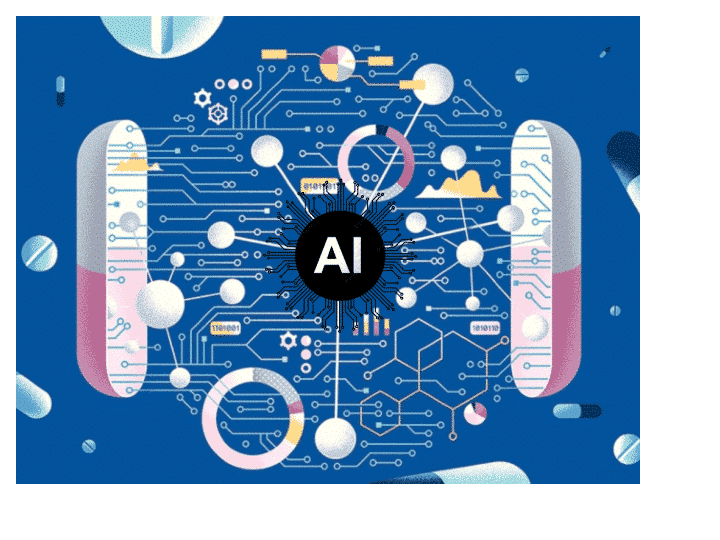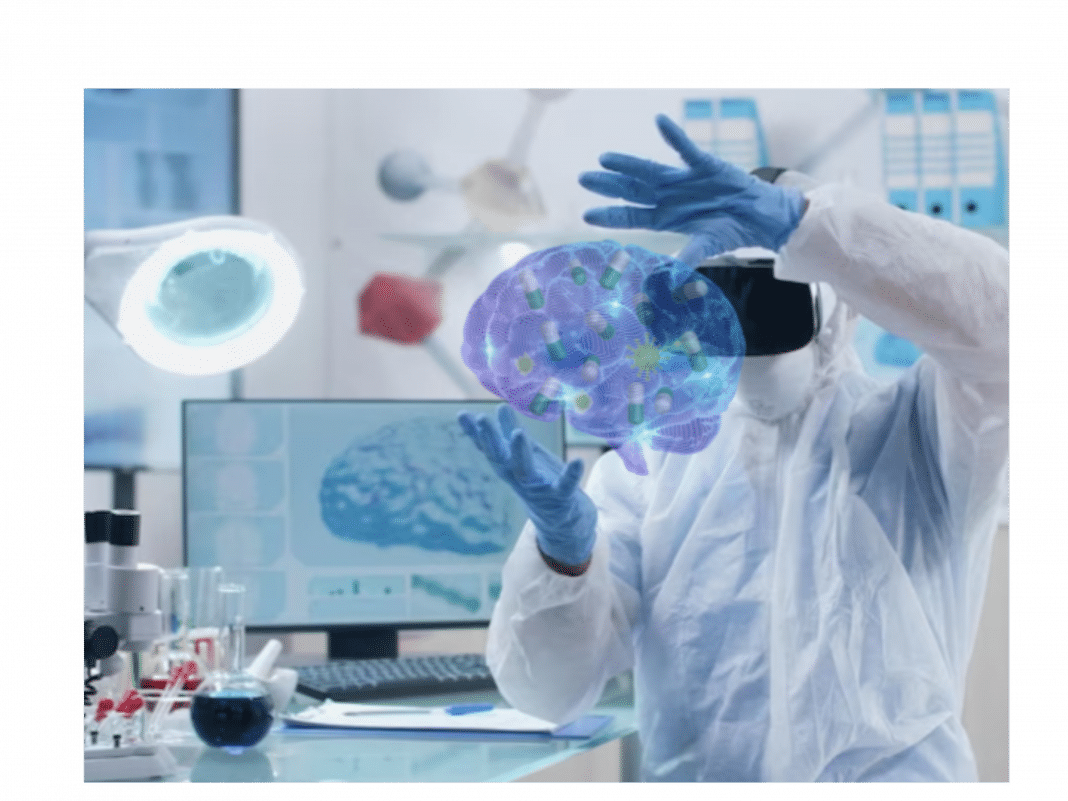Researchers have formulated an effective AI program for quick drug detection to kill zombie cells within minutes. To be effective, senolytic medications must destroy senescent cells, commonly known as “zombie” cells. These cells function metabolically but can’t reproduce since their DNA has been damaged.
But using AI in “drug discovery” has equipped a new, more productive, and less expensive way to locate possible drugs. Artificial intelligence has impacted almost all fields of life, including medicine, business, and others. Recently, it has been seen that some researchers have gained significant success in the field of drug detection for proper and potential medication.
A researcher’s group has experimented using an AI-based model to find a cost-effective, useful, and simple method for this study. The study has found a useful impact of senolytic drugs that can help to slow the aging process and reduce age-related diseases in humans. It has found three promising types of this particular drug that can assist.
What are Senolytic Drugs?
Senolytic drug is used for medicines that eliminate senescent cells (also called zombie cells) from the body. Zombie cells are those cells that don’t replicate themselves due to problems like DNA damage. It is an advantage for human life that these cells don’t replicate themselves.
These cells should be removed since they may cause health problems. Senescent cells cause osteoarthritis, lung fibrosis, cancer, and Type 2 diabetes. For this reason, senolytic medications and similar medicines are employed to eradicate diseased tissue.
What Have Researchers Done Using an Ai Model in Drug Detection?

The AI-based program successfully worked and found the difference between these drug categories. It has predicted new medical evaluations as researchers can now get results based on AI instead of investing thousands of dollars in their experimentation.
According to Vanessa, “The detection of senolytics and their uses in different diseases will help researchers open new doors to finding cost-effective methods for curing them but it will take more than 20 years and billions of dollars for the accomplishment of such researches”.
Researchers are doing such experiments on mice in their labs to find their concerned results and found senolytic drugs much more effective for eliminating zombie cells. But it will take a lot more funds, advanced experimental setups, and threats to human life to do such experiments on them. That’s why researchers have adopted AI-based models for their experimentations.
Does It Mean That Ai Can Cure Humans from Diseases?

The AI program evaluated all those molecules and showed 21 senolytic drug types from the categories periplocin and oleandrin. Isn’t it much faster as compared to manual experimentation? Smer claimed that it would have taken more than 50,000 pounds and weeks or months to perform this experiment. It means that AI has helped researchers in drug discovery and made experiments easy, fast, and cost-effective.
Researchers need advanced machinery setup and experimental instruments to do it manually in their labs. Additionally, they need to be proactive in taking precautions for the safety of the person on which the experiments will be undertaken.
Impacts of Ai on Other Medicine Fields
Decrypt has noted that researchers are collaborating with AI models to get results from their experiments. An AI-based program has been developed, named Ankh, by researchers for the detection of inter-protein communication. Those researchers have published a paper explaining what they have designed and what their program has extracted regarding the results of their experimentations.
A well-known AI company named Stability AI has revealed that their team is working on a technology based on an AI algorithm to study the behavior of proteins to understand them properly. It shows how the world is moving towards this ever-changing technology for medical experimentation.
Conclusion
As we conclude, AI-based programs are not only used for drug detection. But researchers are using it for other purposes in the medical field. This recent development in detecting senolytic drugs using it has opened new doors for researchers. It is now used on lung tissues in labs by scientists at different universities. In the coming years, such programs may be involved in full-body experimentations.




